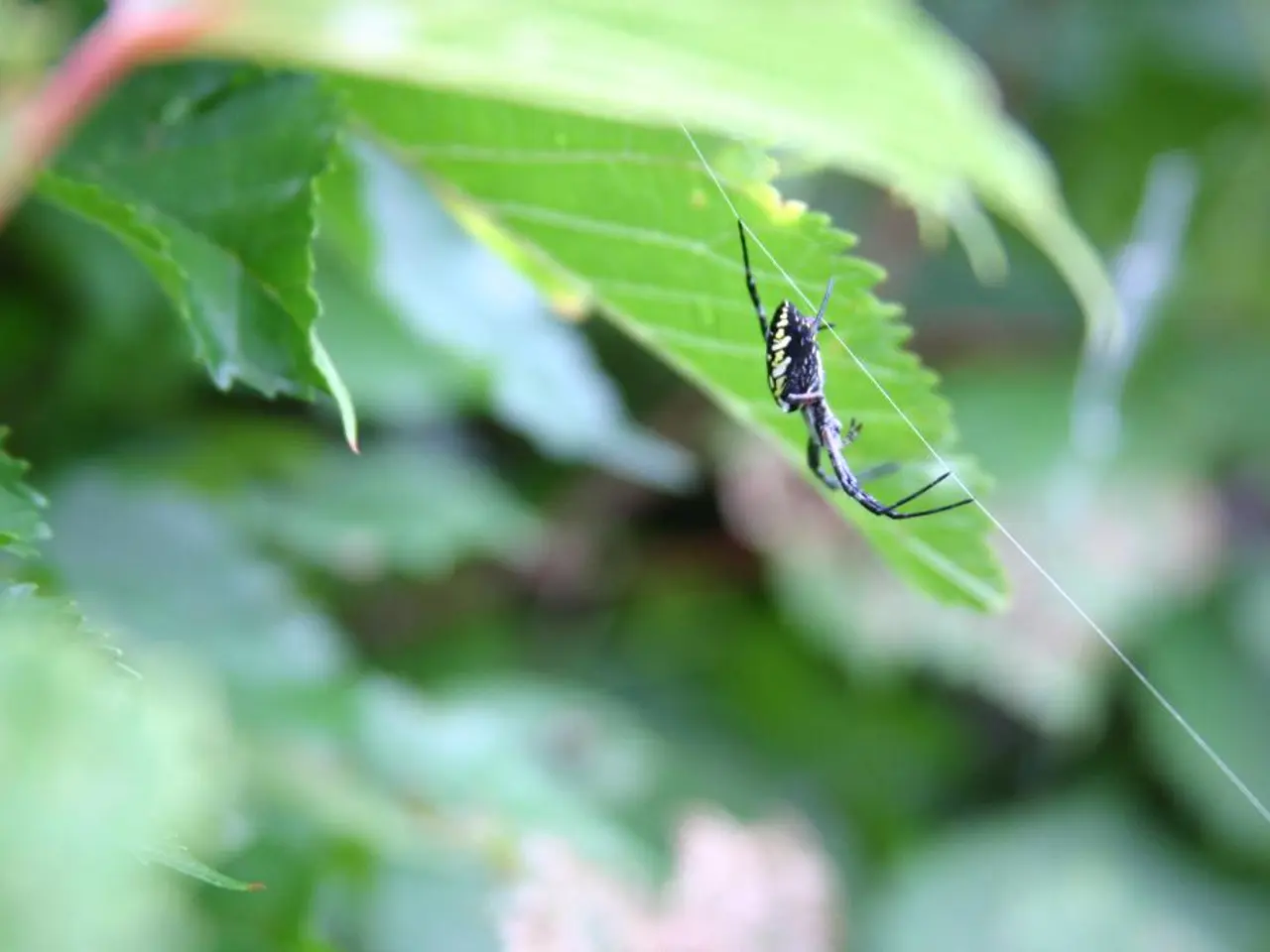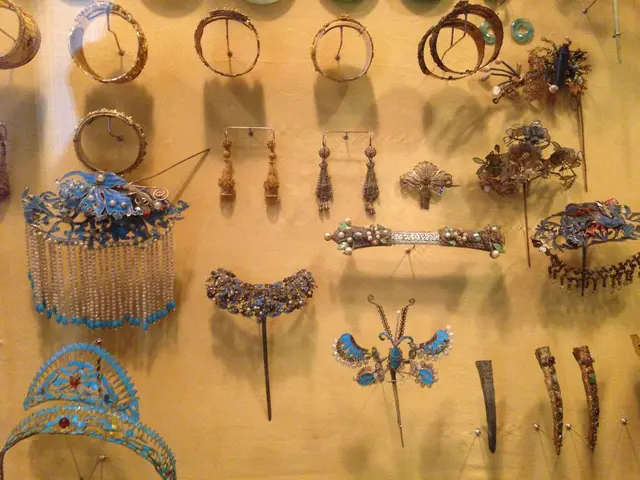Guide for Spreading Spider Plants: Steps to Multiply Your Indoor Greenery
Spider plants, known scientifically as Chlorophytum comosum, are popular houseplants known for their ease of propagation and prolific baby plant production. Here's a comprehensive guide on how to propagate spider plants, using three main methods: baby plant offsets, division, and the stolon method.
For those who prefer a quick and easy method, baby plant offsets are an excellent choice. Identify the small plantlets growing on stems from the mature spider plant. Once the spiderette has roots at least an inch or two long, use clean scissors or a sharp knife to gently cut the baby from the mother plant, keeping the roots intact. Plant the offset in a small pot filled with well-draining potting soil, covering the roots and the stem base. Water the new plant thoroughly and place it in a bright spot with indirect light. Keep the soil moist but avoid waterlogging. In a few weeks, the baby plant should establish new roots and start to grow actively.
If the spiderette does not yet have roots, you can place it on moist soil next to the mother plant and keep it watered until roots develop. Then cut it free and pot it up separately. Another gentle method is to pin the baby plant down in soil while still attached to the mother, allowing it to root before severing the connection.
Besides propagating from babies, spider plants can also be propagated by dividing the mature plant’s root ball, the stolon method, and rooting in water or sphagnum moss. Dividing the mature plant’s root ball involves removing the mature plant from its pot and gently separating the roots into sections, then replanting each section as its own plant. The stolon method involves positioning pots with soil near the mother plant, planting the baby spiderette in the adjacent pot, and after it roots, cutting the connecting stem. Rooting in water or sphagnum moss involves placing the babies in water or moist moss until roots form and then potting them in soil.
All methods require bright, indirect light and well-draining soil. Avoid overwatering to prevent rot. Mature spider plants develop pale, drooping runners, from which baby spider plants grow after a year. These miniature versions of the parent plant are often called spidies, spiderettes, or spider babies.
Spider plants are renowned for being prolific and easy to propagate, making them excellent choices for beginners to multiply with minimal effort. By following the methods outlined above, you can ensure a successful propagation of your spider plants and enjoy their growth for years to come.
**Summary table of propagation options:**
| Propagation Method | Description | Key Points | |----------------------------|--------------------------------------------------------|----------------------------------------------| | Baby Plant Offsets | Cut rooted baby plantlets and pot in soil | Easy, fast rooting, maintain moist soil | | Rooting Unrooted Babies | Place baby on soil near mother until roots form | For babies without roots, then cut free | | Pinning Baby to Soil | Pin baby plant to soil while attached to root | Gentle, ensures successful rooting | | Division | Separate mature plant's root ball into sections | Good for large/mature plants | | Stolons | Plant baby in nearby pot, cut stem after rooting | Maintains connection until baby roots | | Water or Spagnum Moss Rooting | Root babies in water or moss before potting | Can be slow, optional rooting medium |
For individuals interested in home-and-garden activities and looking to enhance their home lifestyle, gardening spider plants is a great choice. There are various propagation methods for spider plants, including baby plant offsets, where small plantlets growing on stems from the mature spider plant are cut and potted in well-draining potting soil.




